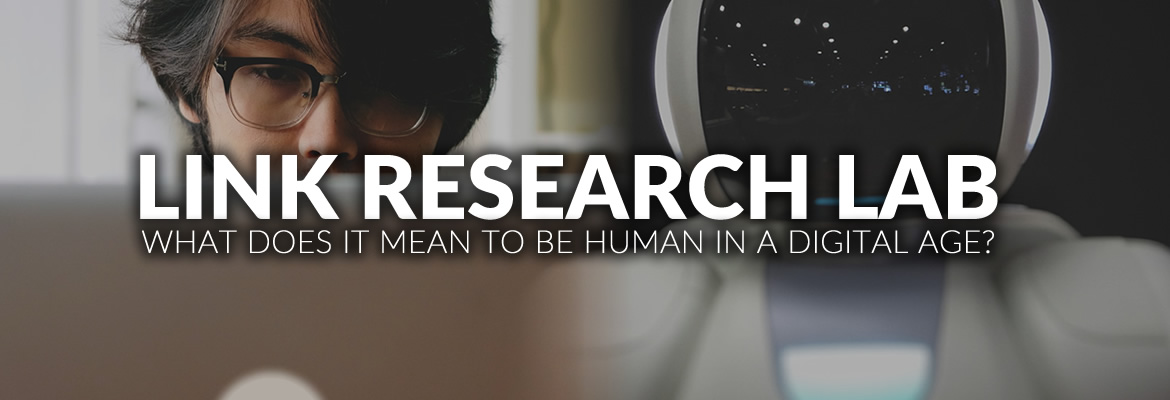The PLC (Professional Learning Community) will be providing the teaching tip of the week throughout the academic year in support of their goal of interdisciplinary collegiality.
Critical literacy is the ability to actively read text (and this is broadly defined to include things like video and webpages, too) in a way that builds a deeper understanding of socially constructed concepts. So what are socially constructed concepts? Things like power, inequality, and injustice. Critical literacy encourages us to understand and question attitudes, values, and beliefs, to look for multiple viewpoints, and to disrupt the commonplace.
Critical literacy pushes us to question issues of power – in other words, to become thoughtful, active, participatory citizens. Being critically literate means that we have developed and mastered the ability to read, analyze, critique, and question the messages we get from any form of text.
So – these themes are represented all around us – in books, on TV, magazines, movies, and websites. Students working in all disciplines can use critical literacy to develop deeper understandings.
As teachers, we facilitate the development of critical literacy when we ask students to notice things like hidden agendas within texts. In order for students to become critically literate, we need to teach them to do more than read and write.
When I introduce my students, who are content-area majors from across the campus, to critical literacy, I begin with a familiar story. Most of us have heard of the woman who sued McDonalds for $2.5M because her coffee was too hot. It has been fodder for cartoonists, late night comedians, and pop culture retellings. I begin class with an open question: “What do you think about this?” Students for the most part express outrage at the woman’s greed, and have little sympathy for her plight. I then introduce them to an activity called The Rest of the Story – an inquiry-based investigation designed to go beyond basic and commonly-understood facts.
As they will see, there is so much more to this than most of us ever knew. As the story was passed from news venue to venue, what had been a story about an elderly woman who was seriously burned ended up reduced to a short paragraph about a frivolous lawsuit that stripped most of the context and nuance; the short narrative was all most of us ever saw.
We watch a video that explores the topic from multiple perspectives and then break into small groups to discuss how getting more of the story changed their thoughts about the case. Students use their electronic devices to explore more – including the snipping that happens to news stories as they are picked up across the country and globe. We discuss how quantity and immediacy – lots of information, right there at our fingertips – influence our opinions, and we explore ways to organize an overwhelming amount of data, and how to confirm accuracy and authenticity.
Because my students will be teachers, I then ask them how they might use this in their own teaching.
How might WE, as university faculty, use critical literacy in our teaching?
~Kathryn Pole, kpole@uta.edu, Assistant Professor of Literacy Studies, Department of Curriculum and Instruction, College of Education


Leave a Reply